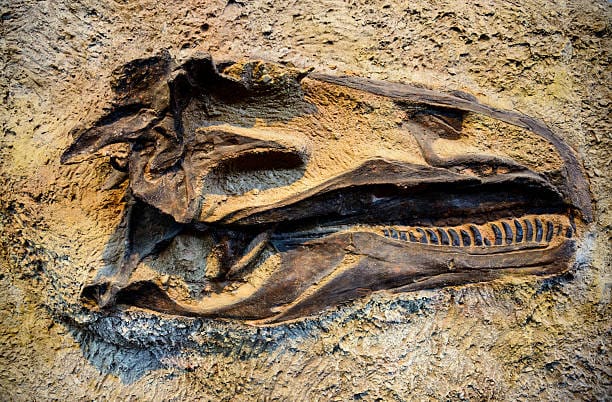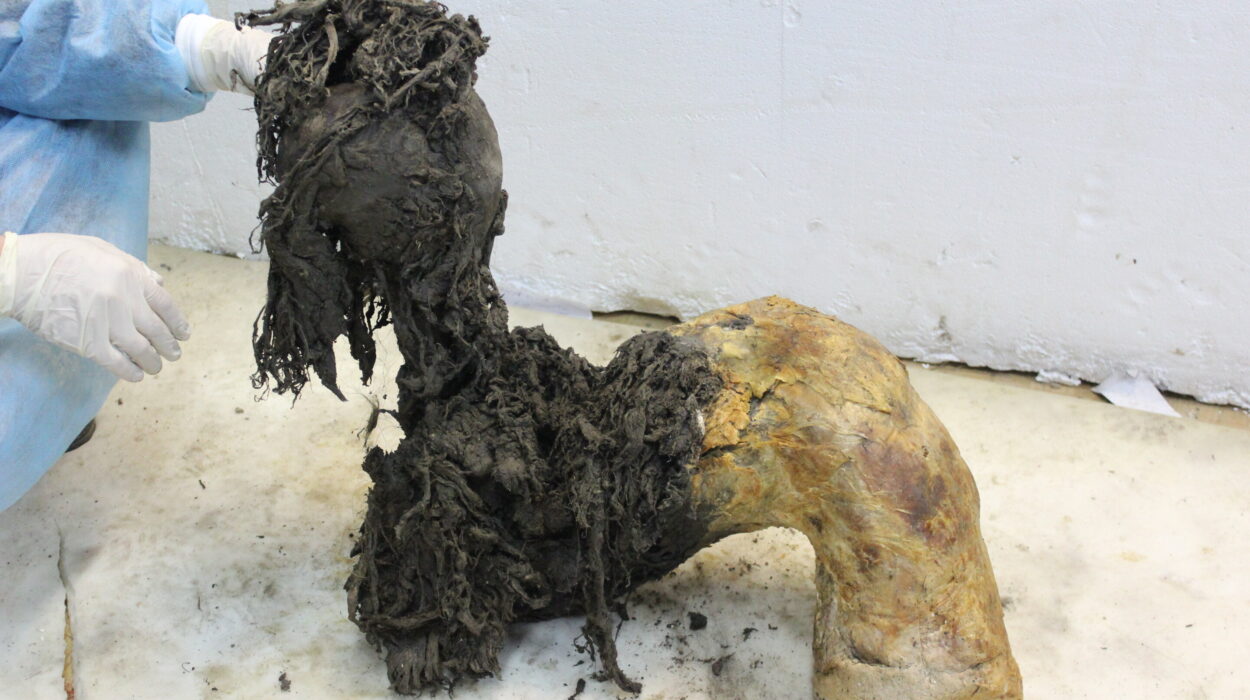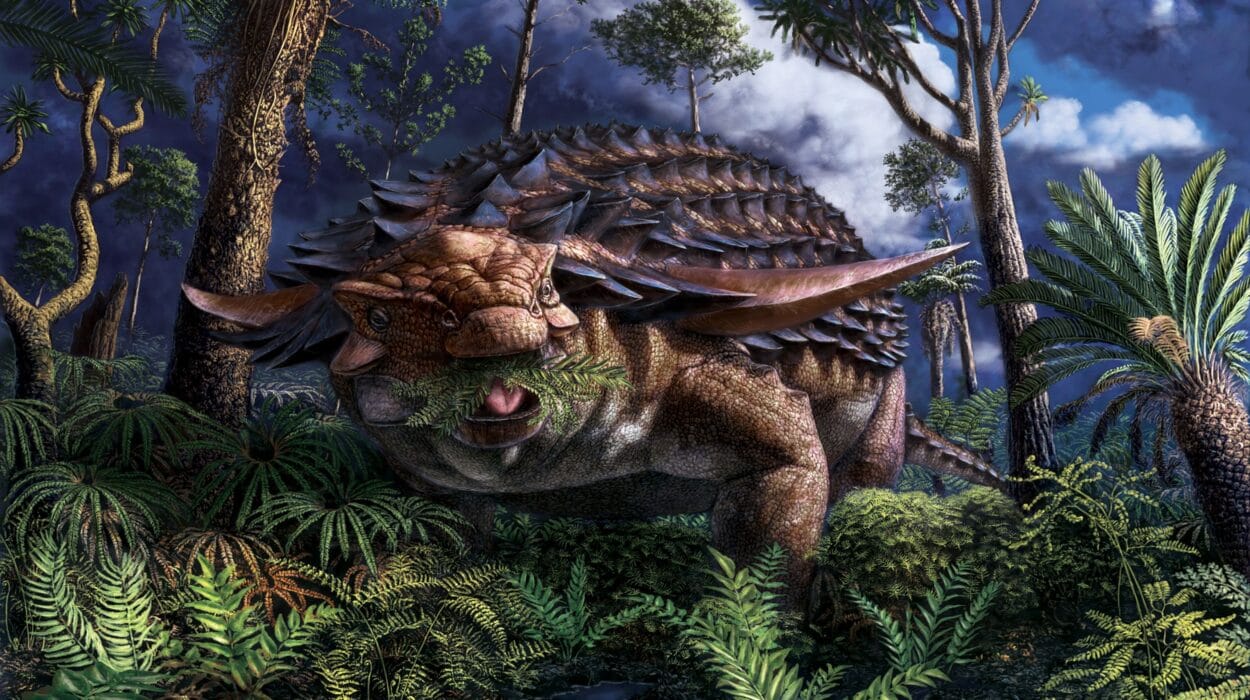There is a strange magic in the idea of holding time in your hands. To cradle in your palms the fossilized tooth of a Tyrannosaurus rex, to brush dust from the petrified claw of a Velociraptor, or to gaze upon a chunk of stone where once a dinosaur’s skull pressed into ancient mud—that is more than curiosity. It’s intimacy with deep time. A fossil is a memory the Earth kept for millions of years, until someone, somewhere, unearthed it.
But when the past emerges from the earth, a new question takes root: who owns it?
That question—at once legal, ethical, scientific, and personal—is at the heart of a growing global controversy. Can you own a dinosaur fossil? Should you? And if you do, what responsibilities come with it?
The answers are far more complex than the bones themselves.
The Laws That Shape the Land—and the Fossils Under It
In the United States, dinosaur fossils are subject to one of the most unique property regimes in the world. Unlike many other countries, the U.S. allows private ownership of fossils in certain situations. That legality hinges not on the identity of the fossil, but on the identity of the landowner.
If you find a fossil on private land in the U.S.—and you either own the land or have permission from the landowner—you can legally claim it, sell it, or display it as you wish. The fossil is considered part of the land’s mineral or surface rights, depending on state laws and how those rights are divided.
This legal framework has made the U.S., particularly fossil-rich states like Montana, Wyoming, and South Dakota, a kind of “Wild West” of paleontology. Here, significant specimens are often unearthed not by academic institutions, but by private fossil hunters—some self-trained, some professional—and later auctioned off to the highest bidder.
In contrast, countries like Canada, Mongolia, Argentina, and China enforce much stricter protections. Fossils found within their borders are generally considered national treasures. In Mongolia, for example, all dinosaur fossils are government property. Exporting them is illegal, and even removing them without documentation is a serious crime. In Canada, the province of Alberta has some of the strictest fossil laws in the world, requiring permits for excavation and prohibiting private ownership of scientifically important specimens.
The result is a fossil economy that is both global and fractured—legal in some places, criminal in others, and constantly subject to ethical scrutiny.
The Rise of the Fossil Market
The idea of buying a dinosaur fossil may seem as absurd as buying a star or a moon rock. But over the past several decades, dinosaur fossils have evolved from dusty museum exhibits into hot commodities in a booming international market.
Auctions have sold complete or nearly complete dinosaur skeletons for millions of dollars. In 1997, a nearly complete Tyrannosaurus rex skeleton named “Sue” sold at Sotheby’s for $8.36 million to the Field Museum in Chicago, backed by corporate sponsors including Disney and McDonald’s. That sale was a turning point. It signaled to the world that dinosaurs had a market value—not just a scientific or educational one.
In 2020, another T. rex skeleton named “Stan” fetched an astonishing $31.8 million at auction, setting a new record. But unlike Sue, Stan was sold to a private collector. To this day, the buyer’s identity is unknown, and paleontologists fear the fossil is now locked behind closed doors, inaccessible to the scientific community.
These high-profile sales have ignited intense debate. For museums, collectors, and fossil hunters, the market is an opportunity to support discovery and education. But for many scientists, the commercialization of fossils threatens the very foundation of paleontology as a discipline.
What’s Lost When a Fossil Goes Private?
Fossils are not just objects—they’re data. A dinosaur skeleton is more than a collection of bones. It tells a story written across millions of years: how the animal lived, how it died, what it ate, how it moved, even what the climate was like when it roamed the Earth.
When fossils are removed without scientific documentation—or worse, when they’re sold into private collections and disappear from public access—that data is often lost forever.
Scientists rely not just on the fossil itself, but on its context. Where exactly was it found? What kind of rock surrounded it? Were there plant fossils nearby? Tracks? Nesting sites? This contextual information is essential for reconstructing ancient ecosystems, understanding evolution, and dating events in Earth’s history.
A fossil in a museum can be studied, scanned, compared, and reinterpreted for generations. A fossil in a millionaire’s living room cannot.
To many paleontologists, that’s the tragedy. When a dinosaur fossil becomes a trophy, the story it carries is interrupted. The mystery is silenced.
The Ethical Tightrope
The ethical issues surrounding fossil ownership are thornier than they seem. Not every privately owned fossil is stolen from science. Many collectors are deeply respectful of paleontology. Some even donate specimens or fund research. And not every institution has the resources to acquire rare fossils at auction.
Moreover, private fossil hunters often play a critical role in discovery. Many have unearthed scientifically important specimens that might never have been found otherwise. The U.S. system of legal fossil collecting on private land incentivizes exploration, particularly in remote areas where academic digs are sparse.
This creates a paradox. Without the freedom to own and sell fossils, many might never be discovered. But with that freedom comes the risk of loss—to science, to education, to humanity.
Some propose a middle path: partnerships between collectors and institutions. Others advocate for stricter regulation or government preemption of high-value fossils. But consensus is elusive. The debate isn’t just legal—it’s philosophical.
Do fossils belong to those who find them? To the people on whose land they lie? To the scientific community? Or to all of humanity?
The Black Market Beneath the Surface
Legal markets aren’t the only concern. The high prices commanded by dinosaur fossils have also fueled a global black market. Smuggling, forgery, and looting are now major issues in paleontology.
In Mongolia, one of the richest sources of Late Cretaceous fossils on Earth, looters often dig up bones illegally and sell them to international buyers. In 2012, a spectacular Tarbosaurus bataar skeleton—closely related to T. rex—was auctioned in New York for over $1 million. The problem? It had been smuggled out of Mongolia.
The case led to a high-profile legal battle. The Mongolian government sued for the fossil’s return, and ultimately won. The skeleton was repatriated and is now displayed in Ulaanbaatar’s Central Museum of Mongolian Dinosaurs.
This wasn’t an isolated incident. Many fossils, particularly from developing countries, are quietly removed and sold through intermediaries. Some are disguised as replicas. Others are mixed with legal specimens. Once they enter the collector’s market, their origin is often obscured—intentionally or not.
These black-market fossils deprive countries of their natural heritage and deprive science of context and credibility. Combating the illicit trade requires international cooperation, better documentation, and public awareness.
Dinosaur Fossils in Popular Culture
Fossils, especially of dinosaurs, occupy a special place in the human imagination. They are relics of monsters that once ruled the Earth, made famous by films, books, and museum halls.
Hollywood has amplified this fascination. From “Jurassic Park” to “The Land Before Time,” dinosaurs have become icons of mystery and power. Fossils are now cultural artifacts, imbued with narrative and emotion. That cultural value feeds demand. Celebrities, tech moguls, and billionaires now collect fossils not only for scientific or aesthetic reasons, but as status symbols.
Some argue that this visibility helps paleontology by generating interest and funding. Others worry it encourages the commodification of science. Either way, it’s clear that dinosaurs are no longer just fossils. They’re brands.
Can You Keep a Fossil You Find?
For casual fossil hunters—students, hikers, amateur rockhounds—the rules are more accessible but still nuanced.
In the U.S., you can legally keep a fossil you find on private land with the landowner’s permission. However, collecting fossils on public lands, such as national parks or BLM property, is heavily regulated. Vertebrate fossils—including dinosaurs—are generally off-limits without a scientific permit. Collecting them without authorization can lead to fines or jail time.
In many states, collecting invertebrate or plant fossils is permitted for personal, non-commercial use. But vertebrates, especially dinosaurs, are almost always protected.
If you’re unsure, the best course is to document what you find—photos, GPS coordinates, descriptions—and report it to local authorities or a nearby museum. That way, the fossil can be responsibly excavated and studied.
When Science and Commerce Collide
Some scientists see no conflict in working with fossil dealers and private collectors. They argue that collaboration is better than antagonism—that researchers can study specimens held by collectors or even purchase them when possible.
Others are adamantly opposed, arguing that participation in the commercial fossil trade legitimizes a system that often hides, exploits, or destroys scientific knowledge.
There’s also the issue of publication. Major journals and museums increasingly require that fossils be accessioned in public repositories to be considered legitimate scientific specimens. A fossil described in a paper but held in a private vault raises serious concerns about reproducibility and peer review.
Thus, even when privately owned fossils are scientifically valuable, they often exist in a kind of limbo—known to science, but not fully part of it.
Indigenous Rights and Fossil Sovereignty
Another layer of complexity is the intersection of fossils with Indigenous lands and cultural rights. In many parts of the world, fossil-rich lands are also Indigenous territories. In the U.S., tribal lands are sovereign nations with their own rules regarding fossil collection.
This raises vital questions about consent, ownership, and historical injustice. Who speaks for the fossils found on these lands? What responsibilities do scientists and collectors have to Indigenous communities?
Increasingly, paleontologists are engaging with these questions, working alongside tribal nations to ensure that fossil research is conducted ethically, collaboratively, and with respect.
Fossils as a Human Heritage
At the heart of the ownership debate is a deeper question: what do fossils mean to us?
They are scientific treasures, yes. But they are also philosophical mirrors. They remind us that the Earth is not ours, that time stretches far beyond human memory, that life is fragile and change is inevitable. They show us that extinction is real—and that we, too, are part of that story.
To own a fossil is to hold history in your hands. It is a privilege, but also a responsibility. Whether you are a collector, a scientist, a child with a fossilized ammonite on your nightstand, or a visitor in a museum, the fossils are not just rocks. They are time travelers. They carry messages from the past, waiting for us to listen.
The Future of Fossil Ownership
So, can you own a dinosaur fossil?
Legally, in many cases, yes. Morally, it depends on how you define ownership. Are you preserving the fossil, or profiting from it? Are you hiding it away, or sharing it with the world? Are you honoring its history, or erasing it?
The future of fossil ownership may lie in new models—public-private partnerships, ethical collecting standards, open access research, and global cooperation. It may involve digital scanning, allowing researchers to study fossils without owning them. It may require new laws, or simply new attitudes.
One thing is certain: as long as fossils are being unearthed, the question of who owns them—and who should—will remain as alive as the creatures they once were.






